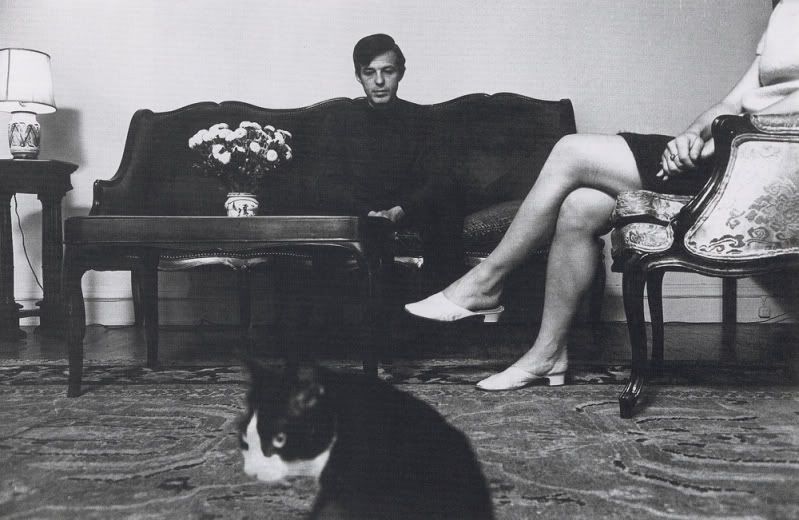In the spring of 1998 we got a call at The Ink Tank from a U. S. agency that served as an intermediary between Japanese advertising agencies and American production companies.
A Japanese beer was launching a new brand and were planning an animated advertising campaign to go with it.
We were asked to work up some designs. I think they gave us something like $1500.
The concept was this beer was an ancient recipe passed on by Germanic "master brewers".
Maciek Albrecht worked up some characters, some one else I don't remember, but we wanted to come up with the best pitch possible.
R. O. Blechman was in Florida at the time, visiting his mother. I go over the prospectus with him over the phone.
He says, "We should get Maurice Sendak to do it."
"You think he will," I replied. "I didn't think he did advertising."
"Even Woody Allen does commercials in Japan."
So I flip through the rolodex and dial up the Connecticut phone number.
I should note here that "Where The Wild Things Are" was not an important book to me. In fact, I never even heard of it until Tasca Shadix tossed it at me in 1993 during a collegiate visit to Austin.
"Really Rosie", on the other hand, was a film that did have an impact on my young psyche.
More than anything that was likely due to the terrific soundtrack by Carol King.
I'm thinking of starting a "Twitter" account so I can "Tweet" while listening to "Tapestry"
Back to the telephone.
Maurice Sendak, for those who don't know, had his signature reproduced on the Brooklyn Public Library Card. Him Walt Whitman, and two people I don't remember. Maybe Marianne Moore.
He's also a giant amongst illustrators. His mechanics are beyond comparison and his ability to convey emotion in his drawings is practically magic.
So I was a little taken aback when he answered his own phone. Even more when the "voice of god" was disturbing similar to an old Jewish guy from Flatbush.
I laid out the job for him. Told him the whole scope of the project, what his contribution would entail, how we would staff the production (promising him Ed Smith who did a phenomenal job 20 years earlier with a drawing of Sendak's for "Simple Gifts").
He hemmed and hawed. "I'm busy designing sets for Julliard".
"Oh, what production?" Smoozing.
"Hansel and Gretl."
"The Humperdinck," my salemanship was in full force -naming checking 19th Century operas on the beat, "That's a great piece. I'd love to see what you do."
And round robin for the next few minutes. He would think about it.
Then he called back. "I'm sorry, I'm just too busy."
Deflation. I phoned R. O. in Florida.
"Bob, Sendak doesn't want to do it. I've tried everything I know. He's just not interested."
"Give me his number, I'll talk to him."
Five minutes later, R. O. calls back: "Maurice will send something FedEx in the morning. It'll just be line work though."
10 am, FedEx rolls in. He didn't deliver what he said. He claimed he would do a line drawing of the main character and that was it.
In the package were four pages of full watercolors. Beautiful, beautiful illustrations. The character in nearly two dozen poses. And the character, to us, was perfect.
We scan them, and send the disk to our client. This was the age of dial up 56 baud modems and sending 5 MB worth of files to Japan was still a bit of a trick.
A couple days later I ring up our client. "What's up, I thought we had a great presentation. Is there a problem?"
He then confessed that another studio presented nearly 30 designs.
"So," I was a little snippy, "we've given you Maurice Sendak. You can go through one hundred illustrations and not even get close."
He then dropped one of my favorite sentences ever, the one line which could deflate our well constructed pitch: "The client in Japan never heard of Maurice Sendak, and frankly, they just thought his drawings were weird."

















































